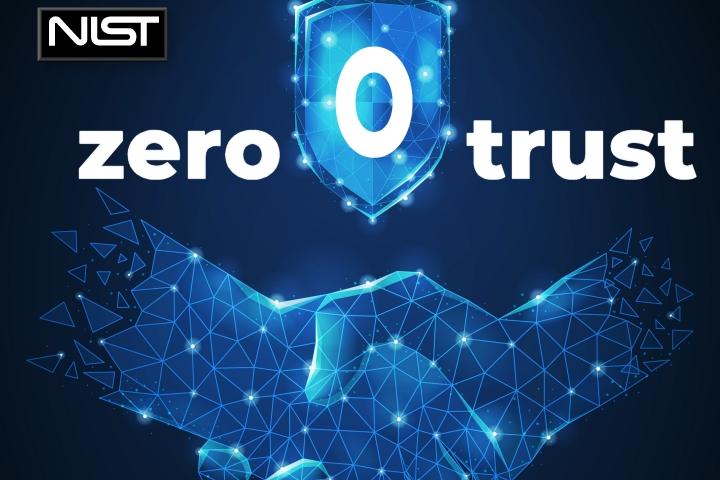Blog
Zero trust for maximum security
In a world where cybersecurity threats are abundant, multiple layers of security are often required to provide maximum assurance. Companies allocate tremendous resources to the fortification of their networks against external attacks by implementing firewalls and performing frequent vulnerability scans, etc. An often unacknowledged assumption made by many companies is that once a user has been authenticated, they can be trusted within the internal network. This assumption may turn out to be a risky one though! Human error is the entry point for a lot of cyberattacks and it is possible for third parties to gain access to the internal network of a company through malicious means such as phishing attacks. This is where the zero trust concept comes in handy!
Zero trust is a security model that operates on the premise of “never trust, always verify” to ensure that the system assesses access requests on a per-request basis. In this mode, not only is the user authenticated, but the device used to connect to the network is also authenticated. Additional restrictions such as enforcing device security standards (e.g. an acceptable and up to date operating system) and limitations on access to applications are utilised to minimise the risks from unauthorised access to the system. Zero trust is particularly relevant in a world where the exponential rise in remote work has resulted in team members connecting to their company networks from devices or networks which have weaker security standards.
Rezilens can help small and medium enterprises implement the aspects of a zero trust cybersecurity architecture which are relevant to their unique needs. A great starting point on your zero trust journey is taking Rezilens’s NIST-based cybersecurity resilience assessment. See the Services page on our website or contact us at contact@rezilens.com to go for zero!

